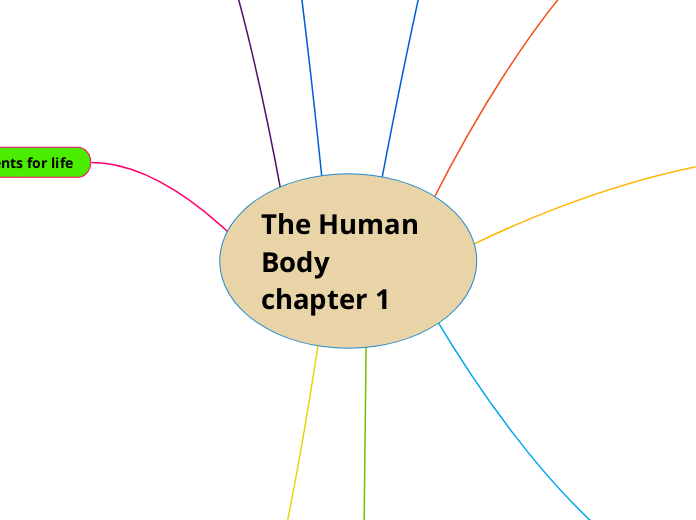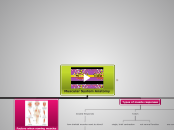arabera Andrei Alea 1 year ago
247
The Human Body chapter 1
The human body requires several key functions to maintain life, including excretion, which involves the removal of metabolic and digestive wastes. Digestion breaks down ingested food into simple molecules absorbed into the bloodstream, while responsiveness enables the body to sense and react to stimuli.









